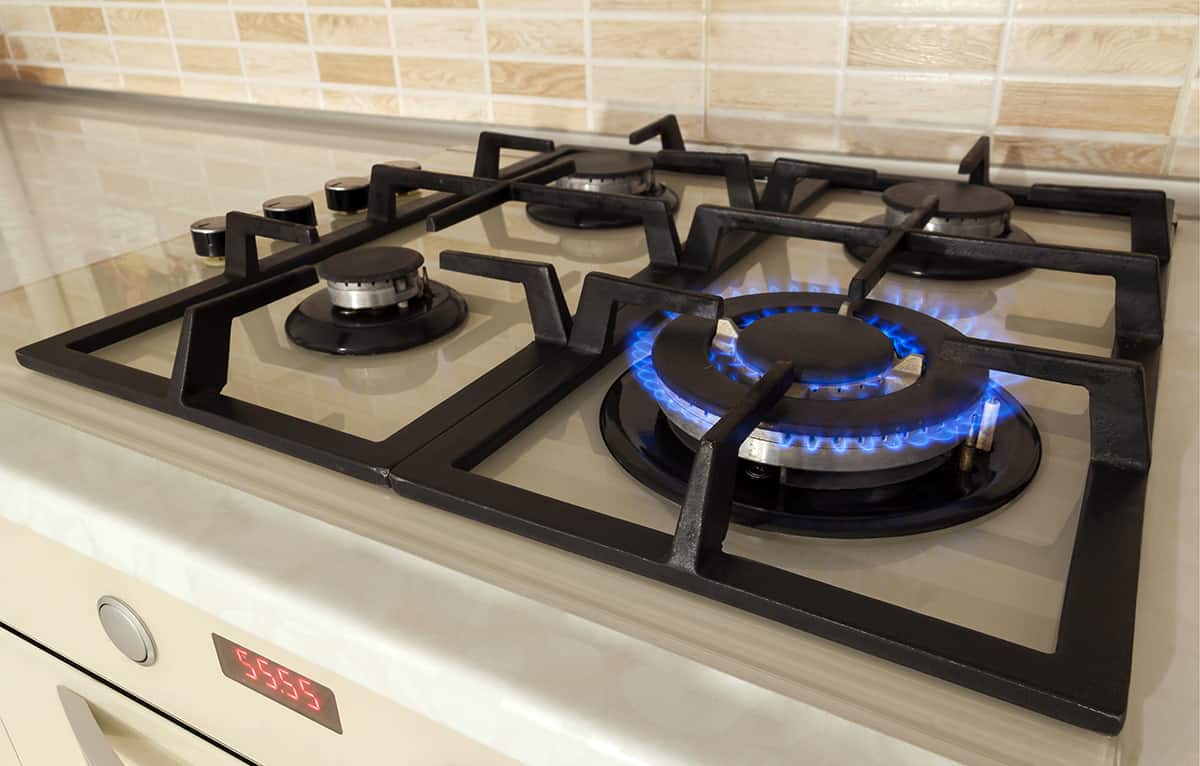

Articles
How Hot Can Stove Top Get
Modified: February 28, 2024
Discover the maximum heat levels that a stove top can reach. Read articles on stove top temperatures and safety precautions to keep in mind while cooking.
(Many of the links in this article redirect to a specific reviewed product. Your purchase of these products through affiliate links helps to generate commission for Storables.com, at no extra cost. Learn more)
Introduction
Stove tops are essential appliances in our kitchens, providing us with a convenient way to cook our meals. Whether you have an electric or gas stove top, you may be wondering how hot they can get. Understanding the temperature range of stove tops is important for cooking different types of dishes and ensuring safety in the kitchen.
In this article, we will delve into the world of stove tops and explore the factors that affect their temperature. We will also uncover the maximum temperatures that electric and gas stove tops can reach. Additionally, we will discuss safety precautions that should be taken when using a stove top to avoid accidents and injuries.
So, let’s fire up the burners and dive into the fascinating realm of stove top temperatures!
Key Takeaways:
- Master the art of stove top cooking by understanding the temperature range of electric and gas stoves. Follow safety precautions to unleash your culinary skills while keeping your kitchen safe and enjoyable.
- Achieve optimal cooking results by considering factors like power rating, cookware material, and heat distribution. Embrace the joy of stove top cooking while prioritizing safety for a delightful culinary experience.
Read more: How To Cook Hot Dogs On Stove Top
Understanding Stove Tops
Stove tops, also known as cooktops, are cooking appliances that are typically positioned on top of kitchen counters or built into kitchen islands. They consist of burners or heating elements that generate the heat necessary for cooking. Stove tops come in various types, including electric and gas, each with their own advantages and considerations.
Electric stove tops utilize electrical resistance heating elements, which are typically made of metal coils or ceramic glass. When electricity passes through these elements, they heat up and transfer the heat to the cooking vessel. Electric stove tops provide consistent and even heat distribution, making them ideal for tasks that require precise temperature control, such as simmering or melting chocolate.
Gas stove tops, on the other hand, rely on a gas supply to generate heat. The burners on gas stoves are usually made up of metal tubes with small openings called jets. When the gas is ignited, it produces a flame that heats the cooking vessel directly. Gas stove tops offer instant heat and precise control over flame intensity, which is advantageous for tasks that require quick adjustments and high heat, such as searing meats.
Both electric and gas stove tops have their own unique characteristics, and the choice between the two depends on individual preferences and needs. However, regardless of the type of stove top you have, it is important to understand the factors that influence their temperature range and how to safely operate them.
Factors Affecting Stove Top Temperature
Several factors play a crucial role in determining the temperature range of a stove top. Understanding these factors can help you achieve the desired cooking results and prevent any mishaps in the kitchen.
- Power or BTU Rating: The power or BTU (British Thermal Units) rating of a stove top dictates its maximum heat output. Electric stove tops are measured in watts, while gas stove tops are measured in BTUs. The higher the power or BTU rating, the hotter the stove top can get. It is important to refer to the manufacturer’s guidelines to determine the power or BTU rating of your stove top.
- Cookware Material: The material of the cookware significantly affects the stove top’s temperature. Materials such as copper and aluminum have excellent heat conductivity, allowing them to distribute heat evenly. On the other hand, stainless steel and cast iron take longer to heat up but retain heat effectively. Using the appropriate cookware for your stove top can help you achieve optimum cooking results.
- Pot Size and Shape: The size and shape of the pot or pan you use can impact the stove top’s temperature. A smaller pot on a large burner may result in uneven heating, while a larger pot on a small burner may take longer to reach the desired temperature. Match the size of your cookware with the burner size to ensure efficient heat transfer.
- Heat Distribution: Electric stove tops typically provide more even heat distribution compared to gas stove tops. Gas burners can sometimes have hot spots or uneven heat distribution, depending on the design and quality. Be mindful of this while cooking and use proper heat distribution techniques, such as stirring food regularly or rotating the cookware.
- Ambient Temperature: The ambient temperature of your surroundings can affect the performance of the stove top. Cooking in a colder environment may require a slightly higher heat setting, while cooking in a warmer environment may require a lower heat setting. It is important to be aware of the ambient temperature and make necessary adjustments to achieve the desired cooking temperature.
By considering these factors and making the necessary adjustments, you can ensure optimal temperature control and enhance your cooking experience on a stove top. It is essential to familiarize yourself with your specific stove top’s characteristics and experiment with different cooking techniques to achieve the best results.
Maximum Temperature of Electric Stove Tops
Electric stove tops have a maximum temperature range that varies depending on the model and brand. Generally, electric stove tops can reach temperatures between 500°F (260°C) and 750°F (400°C). However, it is crucial to refer to the manufacturer’s guidelines for the specific maximum temperature of your electric stove top.
The heating element in an electric stove top plays a significant role in determining its maximum temperature. The type and size of the heating element, as well as the power or wattage rating, affect how hot it can get. Electric coil stovetops typically have individual coil elements that can reach temperatures up to 750°F (400°C). On the other hand, smooth-top electric stovetops with glass-ceramic surfaces usually have a maximum temperature range of around 500°F (260°C) to 600°F (315°C).
It is essential to note that different cooking zones or burners on an electric stove top may have varying maximum temperatures. Smaller burners generally reach lower temperatures, while larger burners can reach higher temperatures. This allows for versatility in cooking and accommodates various cooking techniques and pot sizes.
When cooking on an electric stove top, it is important to be cautious and avoid overheating of the cookware or causing damage to the heating elements. Preheating the stove top before adding the cookware can help maintain a consistent temperature and prevent unnecessary damage. Additionally, using cookware with flat and even bottoms ensures better heat transfer and prevents hot spots.
To achieve precise temperature control on an electric stove top, it is advisable to make use of the stove’s heat settings and adjust accordingly. Lower heat settings are suitable for simmering or gentle heating, while higher heat settings are ideal for searing or rapid boiling. Experimenting with different heat settings and becoming familiar with your specific electric stove top will enable you to master various cooking techniques.
Always follow the manufacturer’s instructions and safety guidelines when operating an electric stove top. This includes avoiding placing flammable or heat-sensitive items near the stove, and turning off the burners when they are not in use.
Always use a thermometer to accurately measure the temperature of your stove top. Different stoves can reach different maximum temperatures, so it’s important to know the specific capabilities of your appliance.
Maximum Temperature of Gas Stove Tops
Gas stove tops are known for their instant heat and precise temperature control. The maximum temperature a gas stove top can reach depends on several factors such as the type of gas used and the specific burner design. Generally, gas stove tops can reach temperatures between 300°F (150°C) and 550°F (290°C). However, it is important to check the manufacturer’s guidelines for the specific maximum temperature of your gas stove top.
Gas stove tops use either natural gas or liquid propane as the fuel source. Natural gas burners typically have a maximum temperature range of approximately 250°F (120°C) to 500°F (260°C). Liquid propane burners, on the other hand, often have a higher maximum temperature range, reaching temperatures up to 550°F (290°C).
The burner design and size also influence the maximum temperature of a gas stove top. Stove tops with larger, high-powered burners tend to reach higher temperatures compared to smaller burners. Therefore, it is important to consider the size and power rating of your gas stove top, as well as the specific burner being used, to determine its maximum temperature capacity.
Achieving precise temperature control on a gas stove top is relatively easier compared to electric stove tops. The flame can be adjusted instantly to increase or decrease the heat output, allowing for more immediate changes in the cooking temperature. This makes gas stove tops ideal for tasks that require quick adjustments, such as sautéing or stir-frying.
To prevent overheating or damage to the cookware on a gas stove top, it is essential to use appropriate-sized pots and pans. Matching the size of the cookware to the size of the burner ensures efficient heat transfer and prevents uneven cooking. Additionally, using heavy-bottomed cookware helps distribute heat evenly and reduces the risk of hot spots.
As with any cooking appliance, safety precautions should be followed when using a gas stove top. It is crucial to ensure proper ventilation in the kitchen to prevent the accumulation of gas fumes. Regular maintenance of the gas stove top, including cleaning and inspection of the burners, is necessary to maintain safety and efficient operation.
Always consult the manufacturer’s guidelines and safety recommendations for your specific gas stove top model to ensure proper usage and maintenance. By understanding the maximum temperature of your gas stove top and implementing safety measures, you can enjoy its versatility and precise cooking capabilities.
Read more: How Hot Can Glass Get
Safety Precautions while Using a Stove Top
Using a stove top comes with inherent risks, but by following some essential safety precautions, you can minimize the chances of accidents and ensure a safe cooking environment. Here are some important safety guidelines to keep in mind when using a stove top:
- Never leave the stove unattended: It is crucial to never leave the stove unattended while it is in use. Whether you are frying, simmering, or baking, always stay near the stove and keep an eye on the cooking process. This helps prevent potential fires or injuries that could result from unattended cooking.
- Keep flammable objects away: Flammable materials such as kitchen towels, paper towels, plastic utensils, and curtains should be kept at a safe distance from the stove top. These items can easily catch fire if they come into contact with a hot burner or an open flame.
- Use proper ventilation: Adequate ventilation is essential while cooking on a stove top, especially when using gas burners. Ensure that your kitchen is well-ventilated by using exhaust fans, opening windows, or using the stove under a range hood. Proper ventilation helps remove cooking odors, smoke, and gases, preventing the build-up of harmful fumes.
- Turn off burners when not in use: Always remember to turn off the burners when you are done cooking. It can be easy to forget, so develop a habit of double-checking that all the burners are turned off before leaving the kitchen. This simple step can prevent accidental fires and save energy.
- Use proper cookware: Ensure that you are using cookware that is suitable for your stove top. Flat-bottomed pots and pans work best on electric stovetops, while pots with sturdy handles are recommended for gas stovetops. Avoid using cookware with loose handles to prevent accidents or spills.
- Keep children and pets away: Children and pets should be kept at a safe distance from the stove top during cooking. It is advisable to use back burners whenever possible and install stove guard barriers to prevent accidental burns or spills caused by curious little hands or paws.
- Use caution with hot surfaces: Stove tops can remain hot even after cooking. Exercise caution when touching or cleaning the surface of the stove, as it may still be hot and can cause burns. Allow sufficient time for the stove top to cool down before cleaning or placing any items on top of it.
- Invest in a fire extinguisher: Having a fire extinguisher in the kitchen is a wise precautionary measure. Familiarize yourself with its location and usage to be prepared in case of a fire emergency. Remember to always prioritize your safety and evacuate the area if a fire cannot be controlled.
By adhering to these safety precautions, you can ensure a safe and enjoyable cooking experience on your stove top. Always prioritize safety and exercise caution while using any cooking appliance to prevent accidents, injuries, and property damage.
Conclusion
Stove tops are indispensable tools in our kitchens, allowing us to prepare delicious meals with ease. Understanding the temperature range of stove tops and implementing proper safety precautions is essential for efficient cooking and preventing accidents.
Electric stove tops offer consistent heat distribution and can reach temperatures between 500°F (260°C) and 750°F (400°C), depending on the model. Gas stove tops, known for their precise control and instant heat, can reach temperatures between 300°F (150°C) and 550°F (290°C). However, it is important to consult the manufacturer’s guidelines to determine the specific maximum temperature of your stove top.
Factors such as the power rating, pot size and shape, cookware material, heat distribution, and ambient temperature influence the temperature range of stove tops. Being aware of these factors allows for efficient cooking and desired cooking results.
While using a stove top, it is crucial to follow safety precautions. Never leave the stove unattended, keep flammable objects at a safe distance, ensure proper ventilation, turn off burners when not in use, use appropriate cookware, keep children and pets away, use caution with hot surfaces, and have a fire extinguisher on hand.
By understanding the capabilities and limitations of stove tops and implementing necessary safety measures, you can unleash the full potential of your cooking skills while keeping yourself and your loved ones safe in the process. So, go ahead and embrace the joy of cooking on your stove top with confidence!
Frequently Asked Questions about How Hot Can Stove Top Get
Was this page helpful?
At Storables.com, we guarantee accurate and reliable information. Our content, validated by Expert Board Contributors, is crafted following stringent Editorial Policies. We're committed to providing you with well-researched, expert-backed insights for all your informational needs.
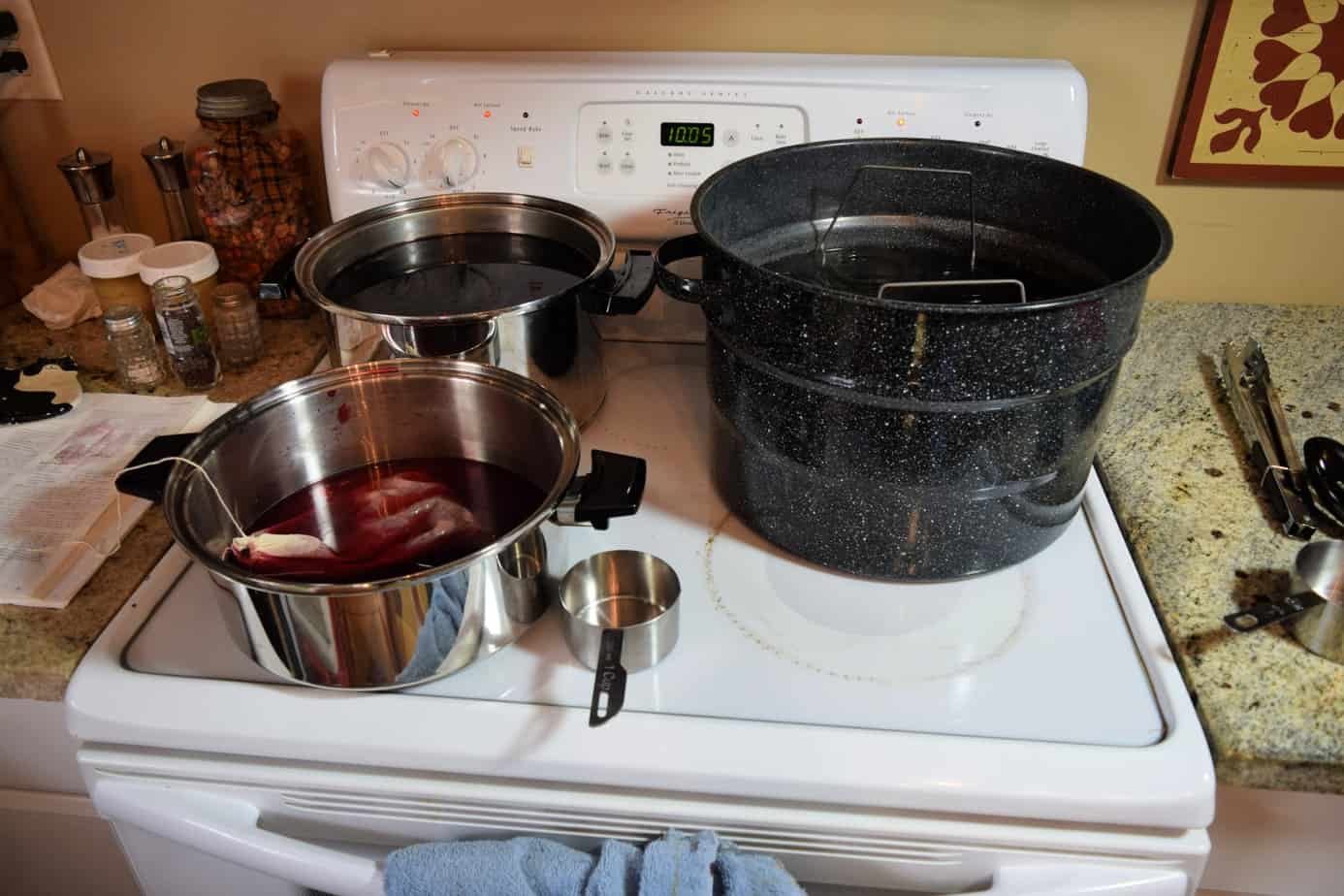
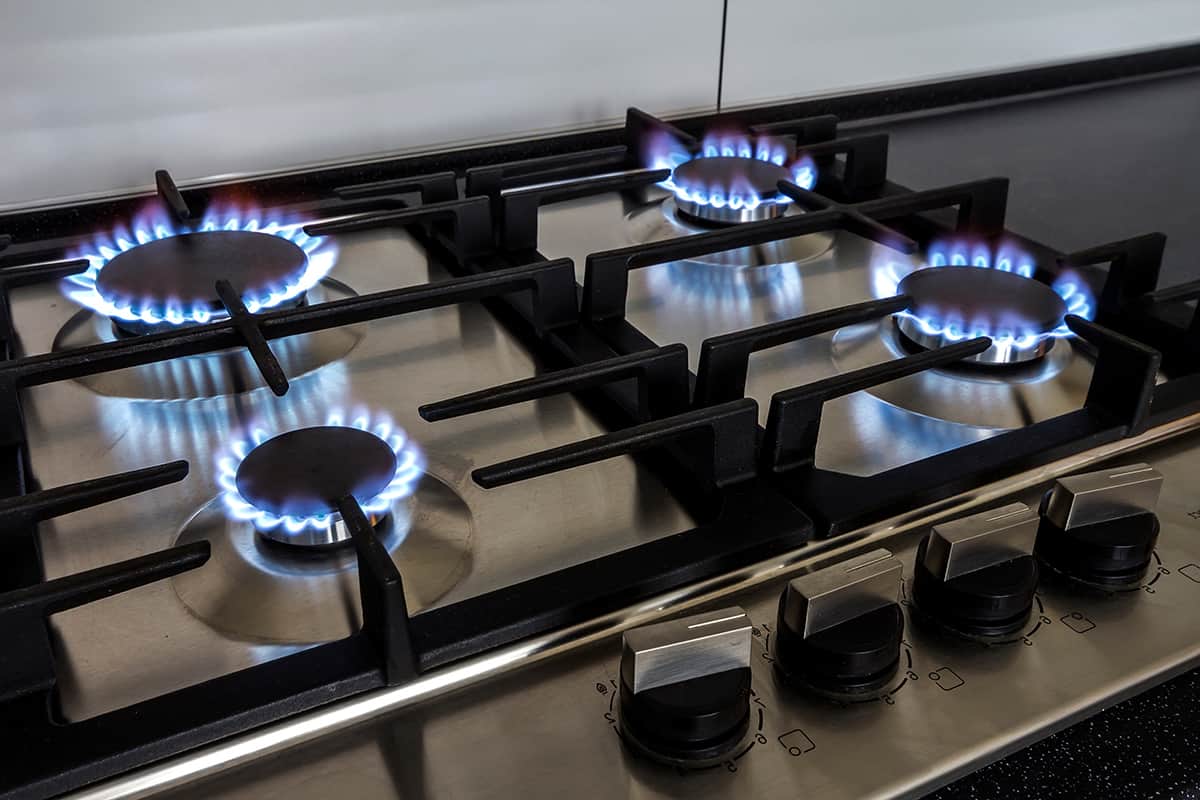
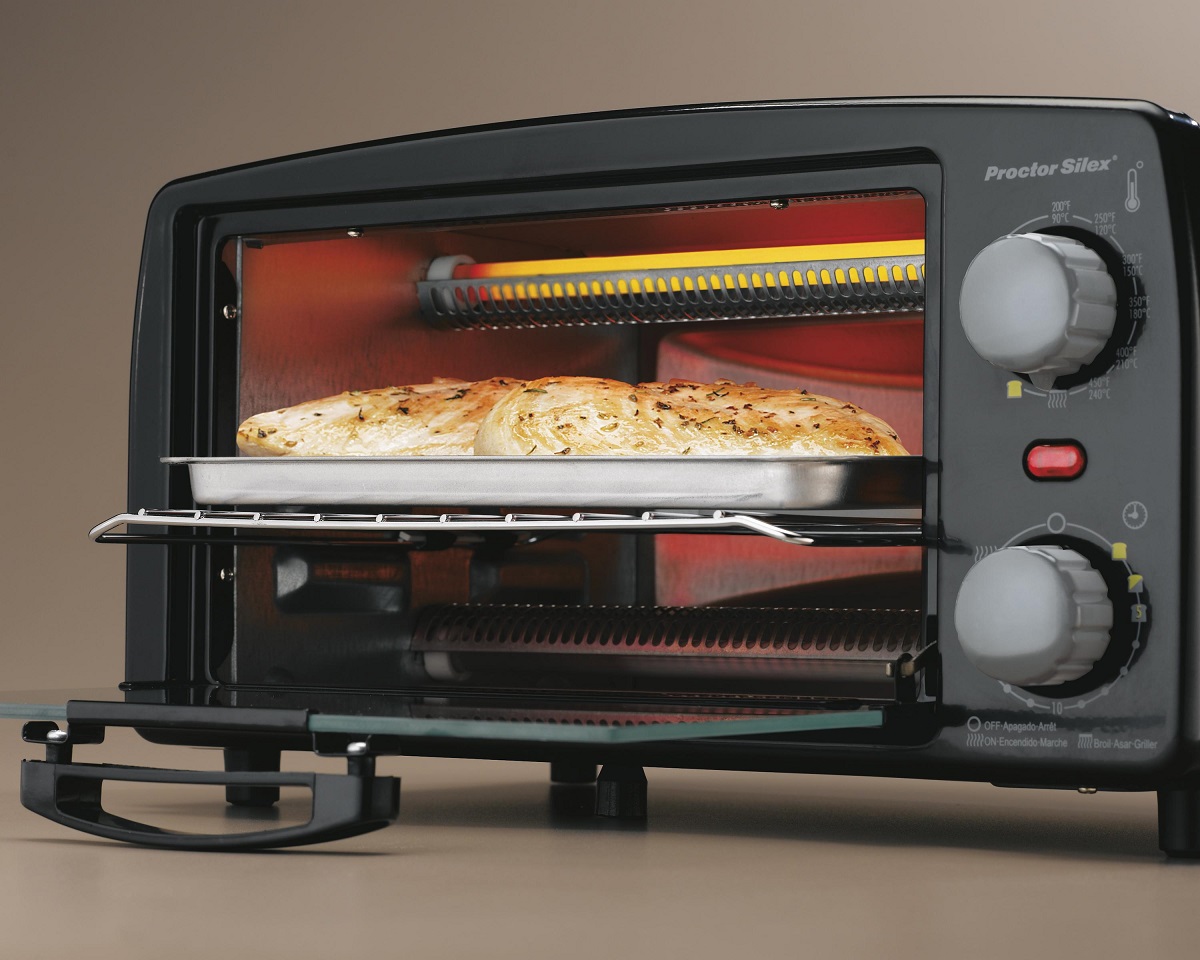
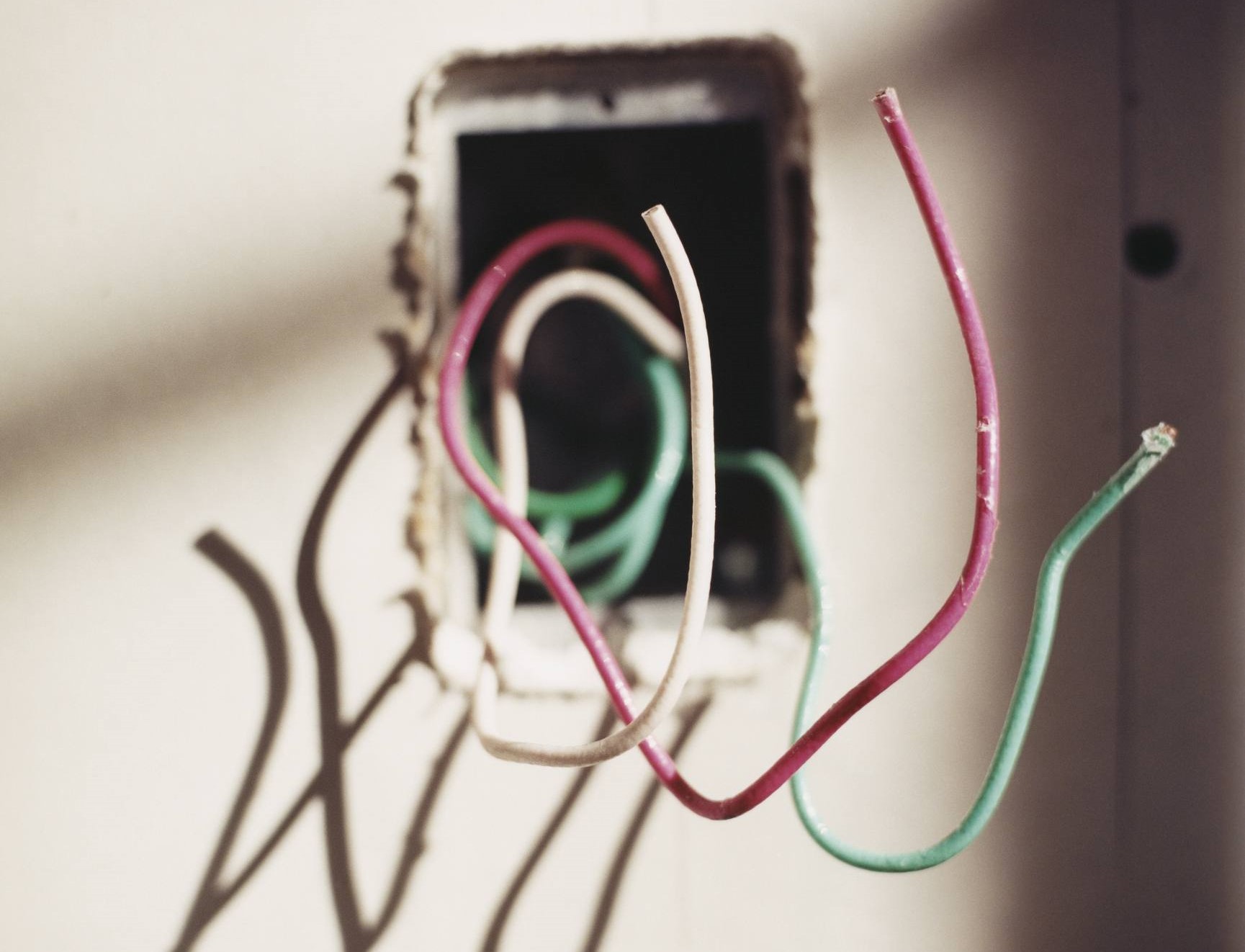
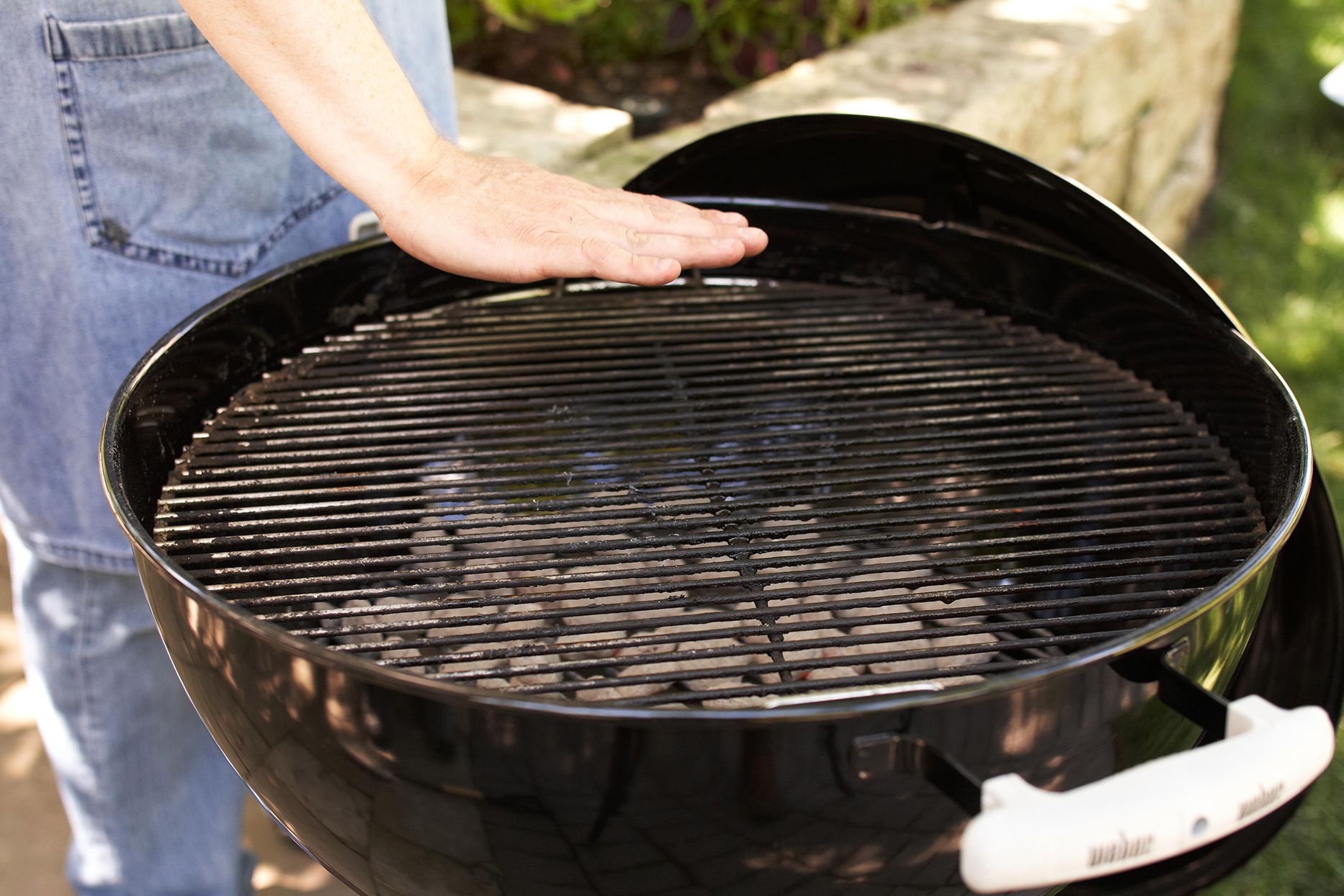
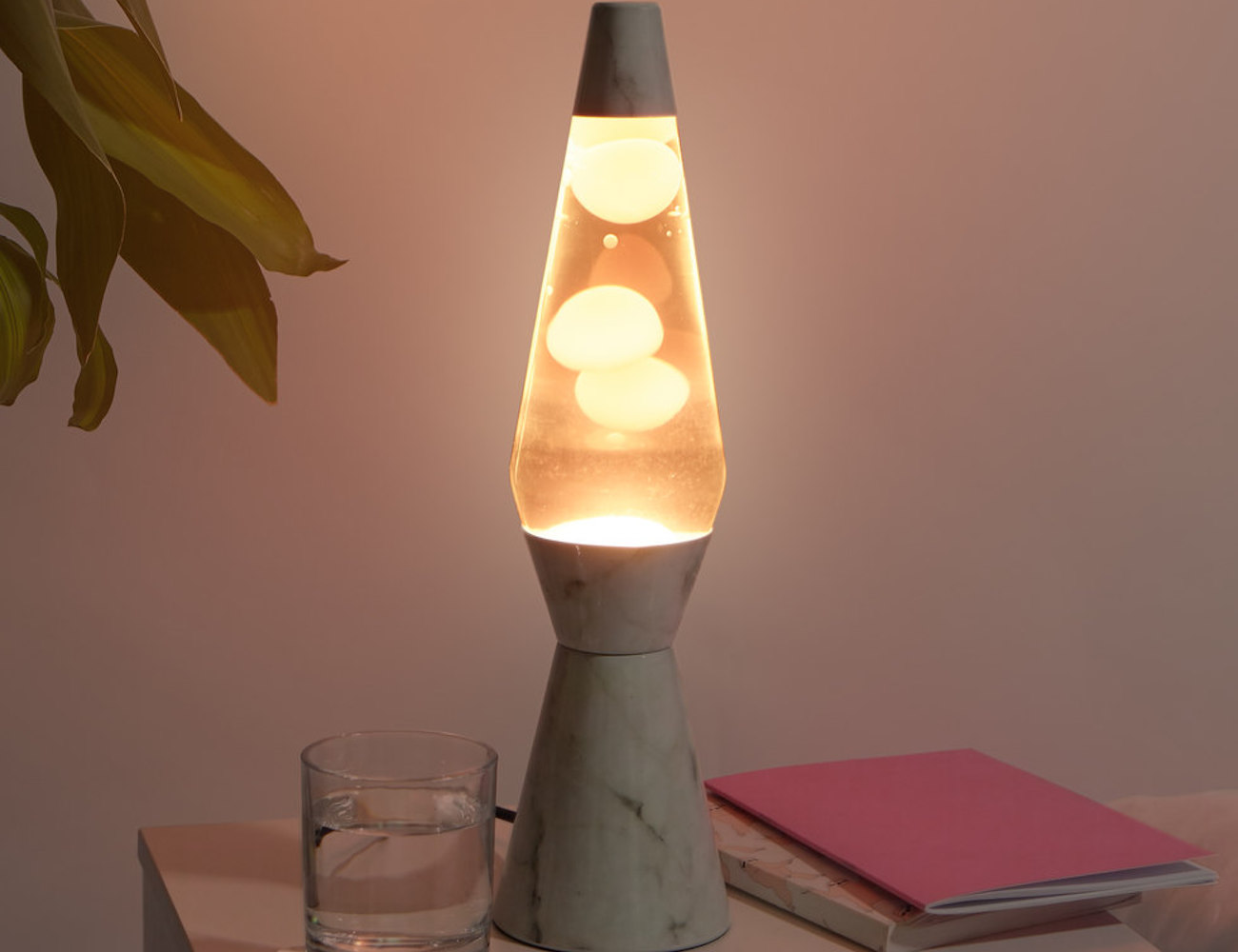

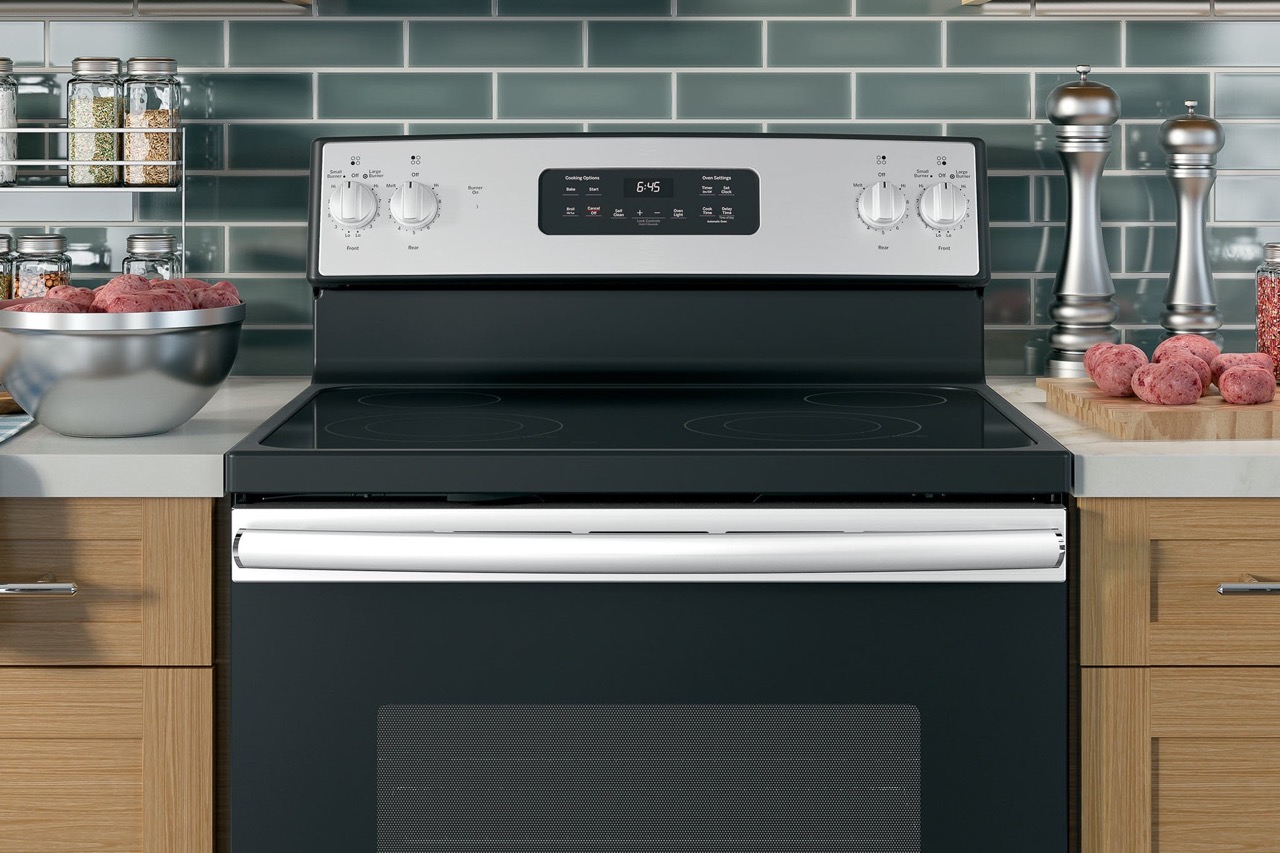
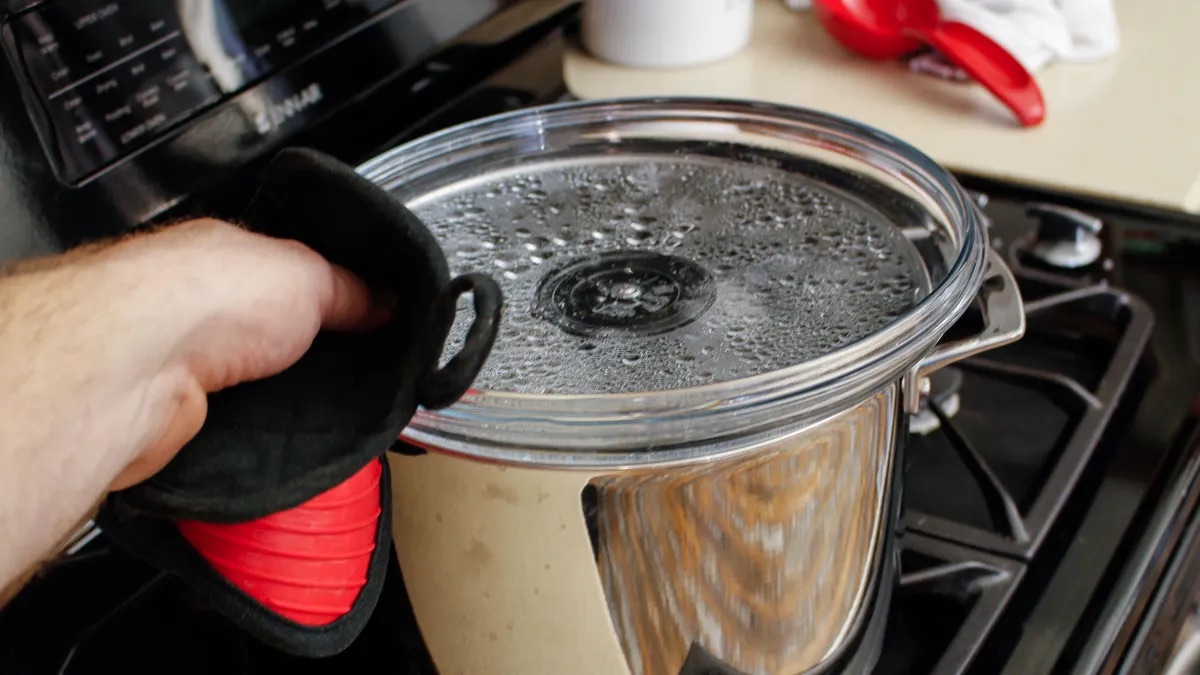
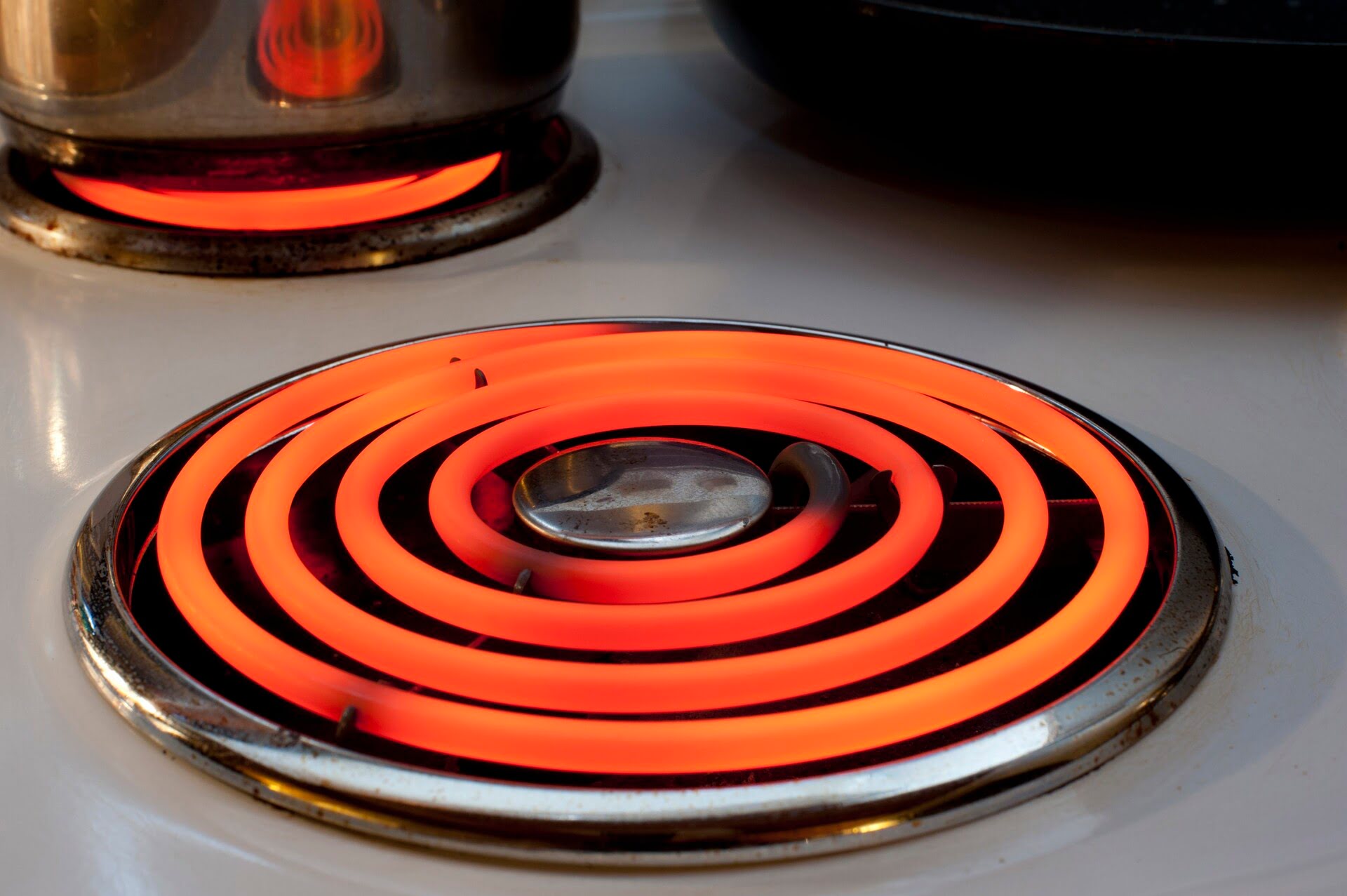
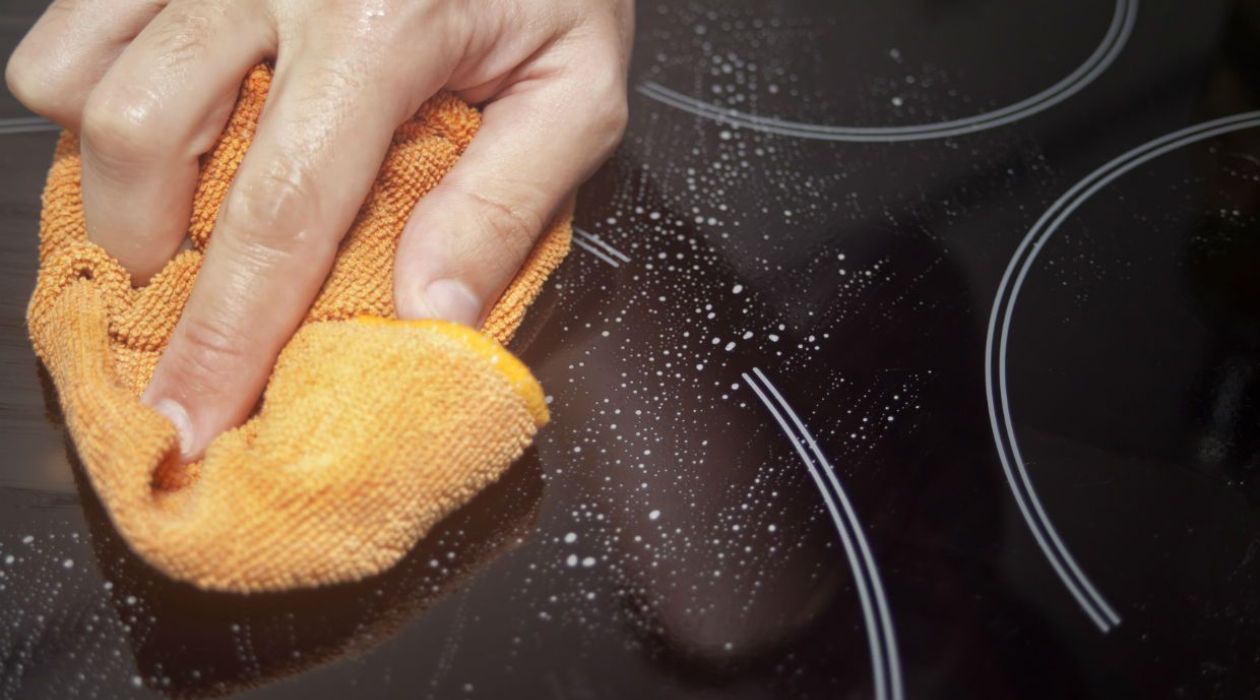
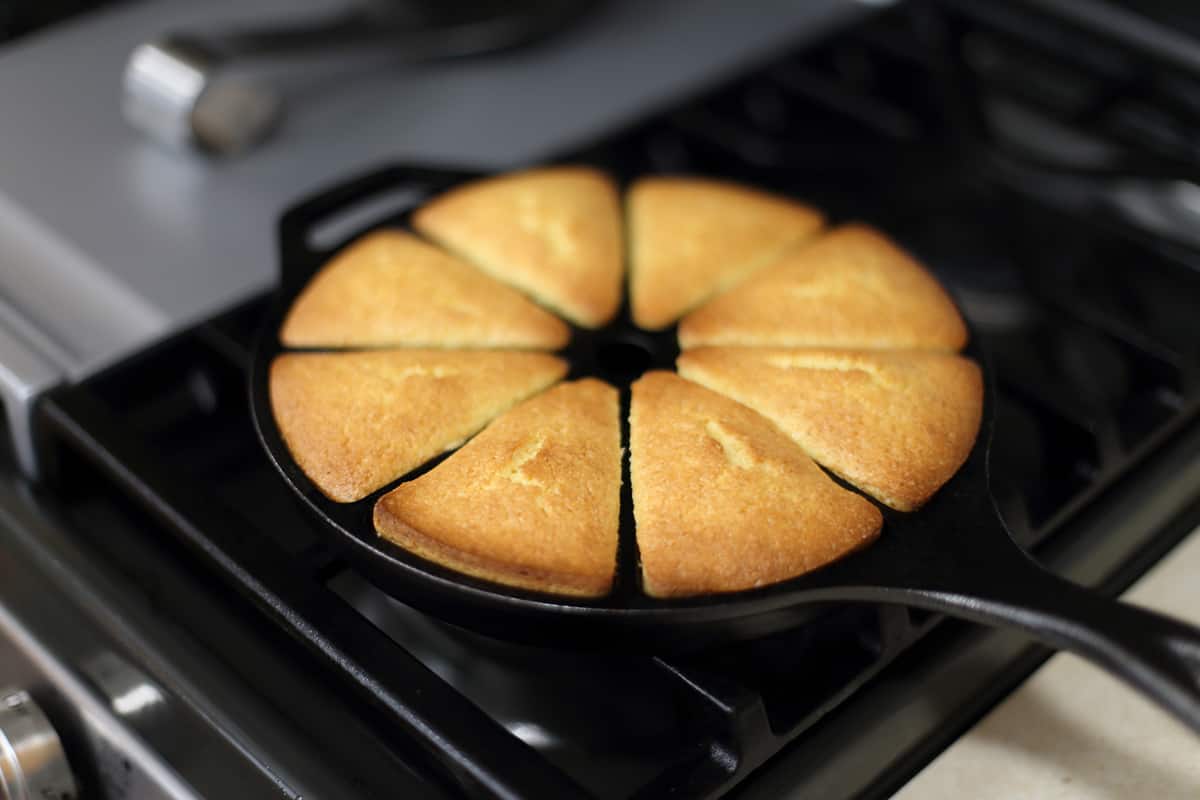
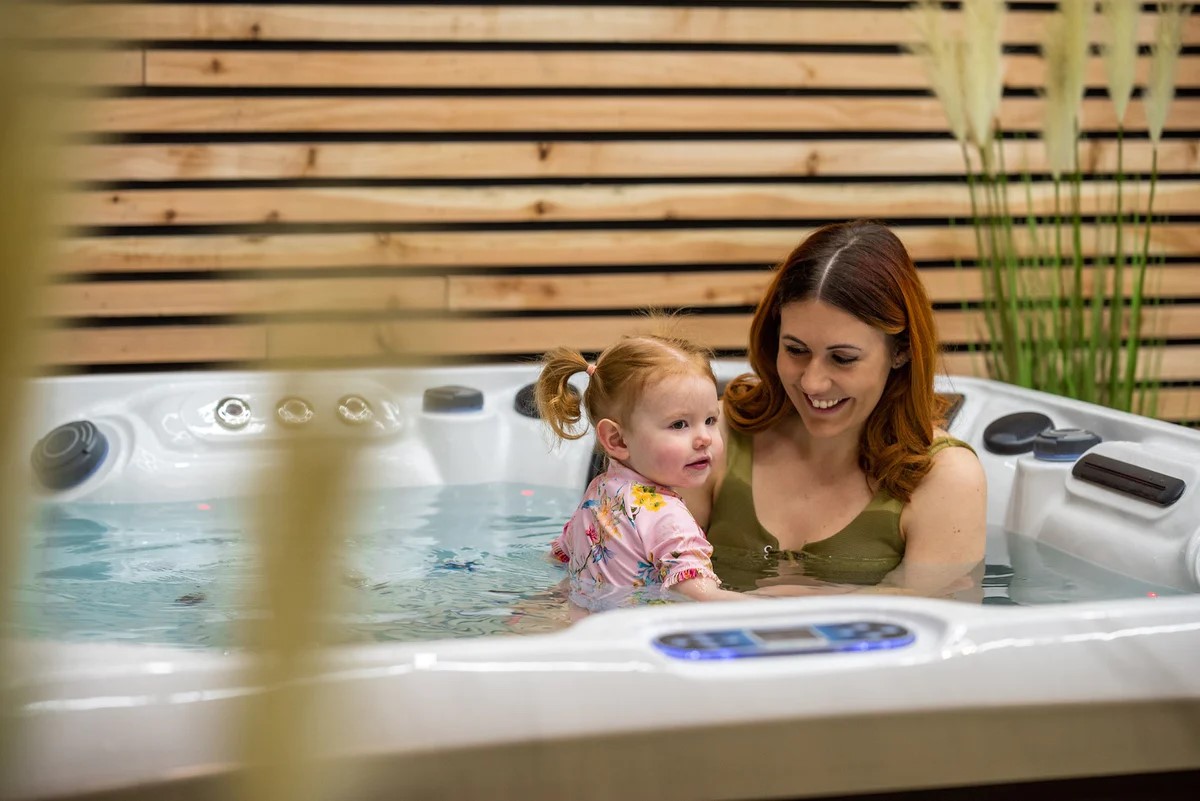
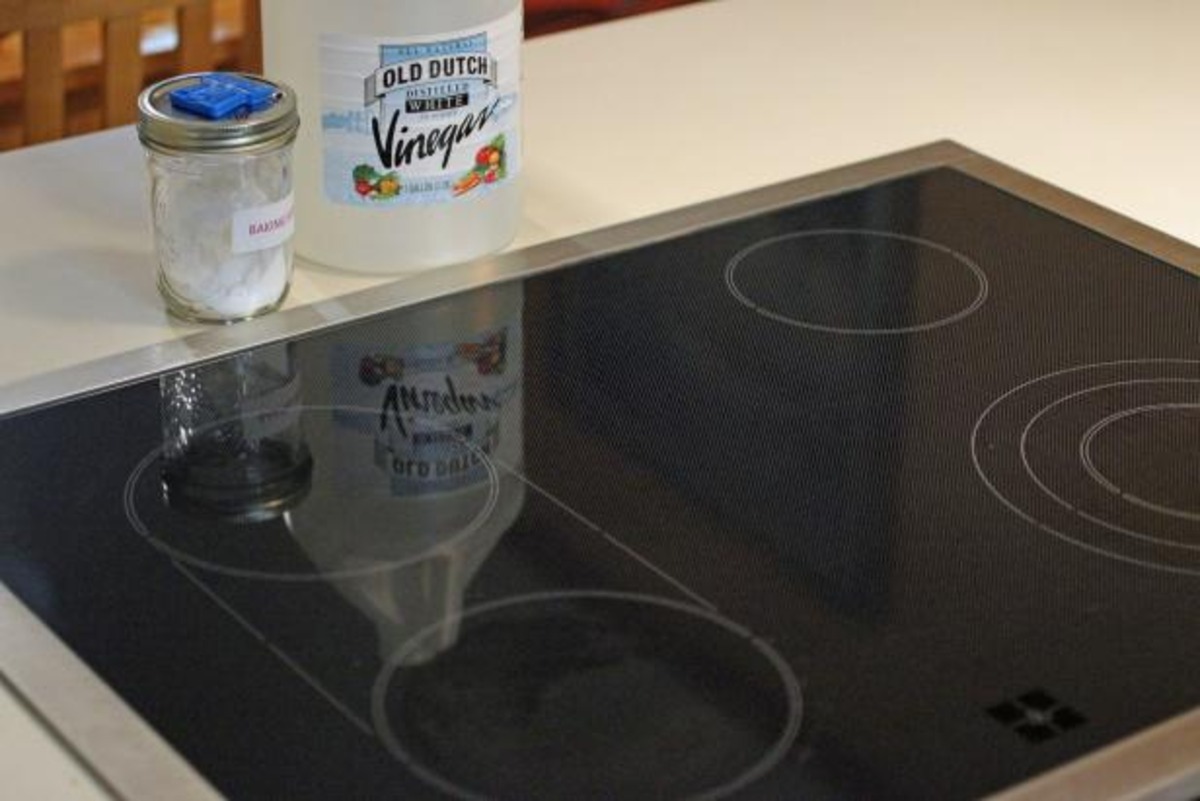

0 thoughts on “How Hot Can Stove Top Get”